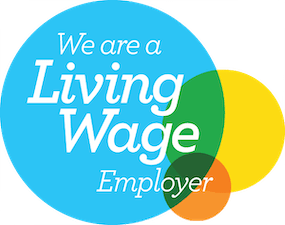Disclaimer: The following content is an archive of Substantive Research Discovery Trending Themes, as delivered as weekly insights to our paid subscribers. Links to gated content have been removed.
TS Lombard: The divine coincidence that saved 2023
There, it can be argued, has been a divine coincidence that has (so far) delivered the soft landing demand destruction in the right sectors at the right time – might have happened even without aggressive monetary interventions.
While sectors such as real estate, warehousing, transport, tech and consumer durables are traditionally the most rate–sensitive parts of the economy, they were also the sectors that experienced the greater distortions during COVID–19.
It is possible – likely even – that labour shortages in these parts of the economy would have diminished even without big policy interventions. Click here.

SG: Still betting on a soft landing? Think again …
The logistics industry happens to be one of the best cyclical canaries to have down your coal mine.
Soft–landing adherents argue that the post–pandemic rotation out of goods into services has greatly lessened the value of these normally reliable leading indicators.
SG have picked out a classic service sector leading indicator – employment in the BLS payrolls temporary help services category.
Before the 2001 and 2007 recessions, the temporary help series turned decisively down some twelve months ahead of recession

Yet equities have remained well bid. SG say there is currently a strong earnings story propelling the market higher. 2023 has been a year of rising analyst upgrades (EPS upgrades as % of total, red line is 6m mav).

Investors need to keep a close eye on EPS revisions – SG’s Andrew Lapthorne does this for us in his Global Equity Market Arithmetic. Looking beyond the seasonal reporting round hysteria, one can detect a break lower in EPS optimism (to below 40% for S&P500) ahead of the Q3 reporting round. Click here.

Ineichen Research: Risk Management Nowcasting
One important nowcasting question is whether macro will follow earnings, which is bullish, or whether earnings will follow macro, which is bearish. I continue to believe that earnings are the most important thing at the moment, earnings by sector, as the performance ranking of many equity indices in developed markets is a function of sector weights. S&P 500 vs Russell 2000 is probably the most prominent example.
In this update the macro score is stable. Business and consumer sentiment are rising. On equities, earnings estimates for MSCI World rose by 0.5 standard deviation in November after rising 0.2 sd in October. Europe stands out negatively. Asia equities improving.
Risk regime improved over one and two months. Latest score is a 5 which compares to an 8 in our last update as well as in January of this year. Click here.

Pantheon Macro: The Pre-conditions for 2% Inflation are Mostly in Place
The supply-side factors we wanted to see in order to push inflation back down have all now normalized…
Excess demand is the last piece of the jigsaw; the lagged hit from the Fed’s hike will take care of it.
As demand moderates, gross margins will fall, pushing inflation back to target, and perhaps below it. Click here.

Harlyn Research: High Yield has the best yield to volatility ratio
Harlyn’s models are now overweight fixed income, but which categories within the asset class offer best value?

Harlyn like to use the yield to volatility ratio, chiefly because it is a good lead indicator of the Sharpe ratio, which an asset will deliver.
High Yield scores very well on this metric and has done for most of the last two years, which is why we have it as the only category in our fixed income model, where we are overweight relative to benchmark. Click here.











